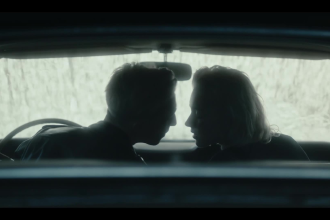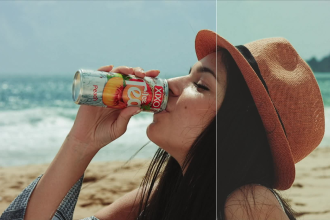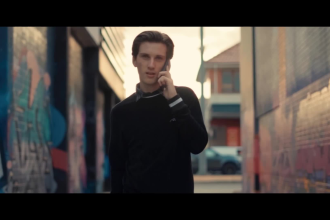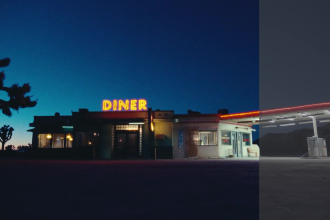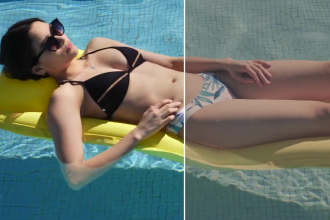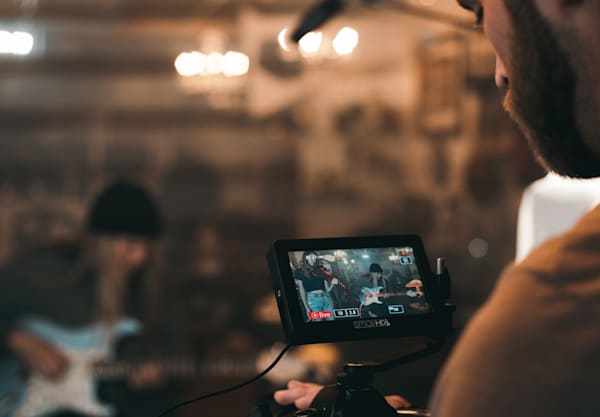Browse categories
Color Grading
Take your video to the next level, with professional colorists at hand
|787 Results
Sort by:

Pro
I will professionally color grade your videos
From $350
Offers video consultations

Level 2
I will unlock the power of cinematic color grading and correction
From $10
Offers video consultations
Level 2
I will unlock the power of cinematic color grading and correction
From $10
Offers video consultations
Color Grading FAQs
What is color grading in a video?
Color grading in a video is the process of altering the existing colors to make them more vibrant and stylistic. Color grading is required not only for artistic preferences but to also create technical changes to enhance the video quality. Video clarity and color depends on many different factors, such as the time of day being filmed. When harsh shadows or overcast exist, it will be necessary to color grade the video for improved appearance.
What is video color grading used for?
Color grading is popular in photography and cinematic industries. Any type of still image or motion piece that utilizes a camera may need color grading. In addition, individuals, businesses, and freelancers engage in color grading to improve advertisement pieces and general videos. Moreover, color grading can be used to develop your brand image. Differentiating yourself in a highly competitive environment requires the implementation of a unique attribute, such as overlaying all images and videos with a certain color hue.
Can an image be color graded?
Simply put, yes. Many photographers color grade their images to generate vibrant outputs. For example, on a picture taken of the sky, a colorist may choose to enhance the blue tones in the sky to make the clouds more prevalent. The color grading action taken will depend on the creative outlook of the colorist and personal preferences. It is very rare that high quality images will retain no color grading.
Why does a video need color grading?
Videos need color grading to avoid bland and unappealing outputs. Most videos produced will retain a dull color palette. This leads to a lack of consumer interest and no differentiation between competitors. However, by adjusting the color schemes through brightness, highlights, shadows, and contrast, you can spark interest through attractive images and eye-catching colors. In addition, many colorists are able to highlight their artistic abilities through effective use of color grading.
what is the difference between color grading and color correction?
Color grading is the process of adding creative color effects to a video, while color correction is the process of ensuring that the colors in a video are accurate and consistent. While both processes can involve adjusting the levels of different colors in a video, color grading is more concerned with creating a specific look or feel, while color correction is more concerned with making sure the colors are accurate.
What tools are used to color grade a video?
The first tool used in the color grading process is a look-up table, with each seller adjusting the table to their needs. Manual color grading is not as prevalent compared to using a software program that allows colorists to easily adjust different factors. Common software programs include DaVinci Resolve 17, Color Finale 2, FilmConvert, Adobe Premiere Pro and Final Cut Pro X. Be sure you clearly communicate your preferred software program, if any, to ensure the seller has adequate experience

